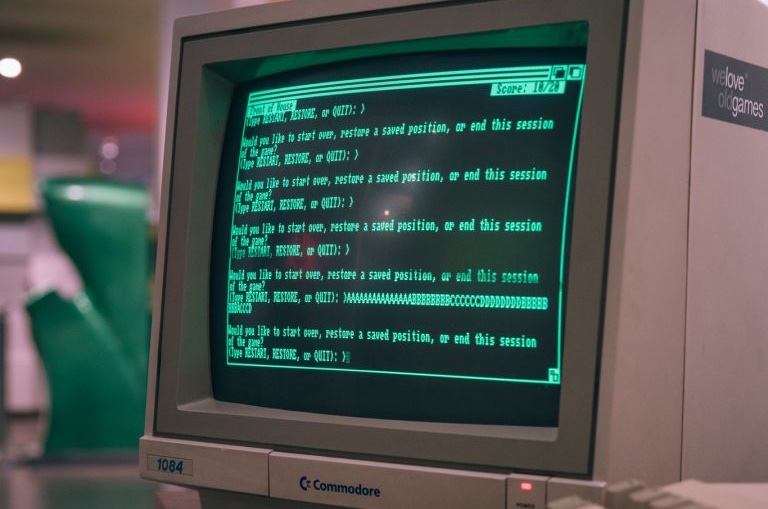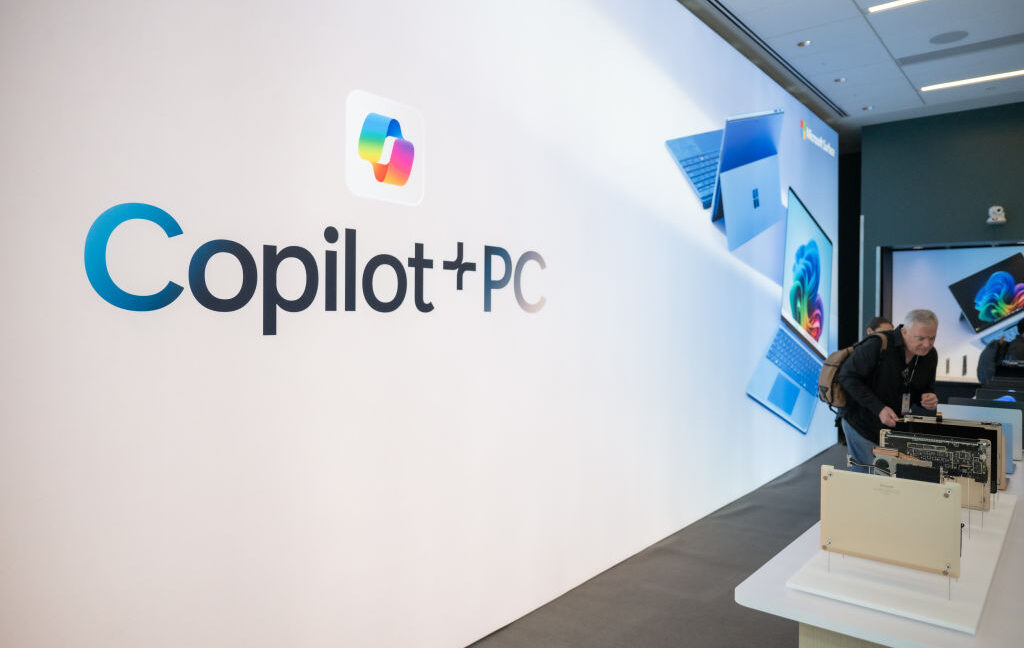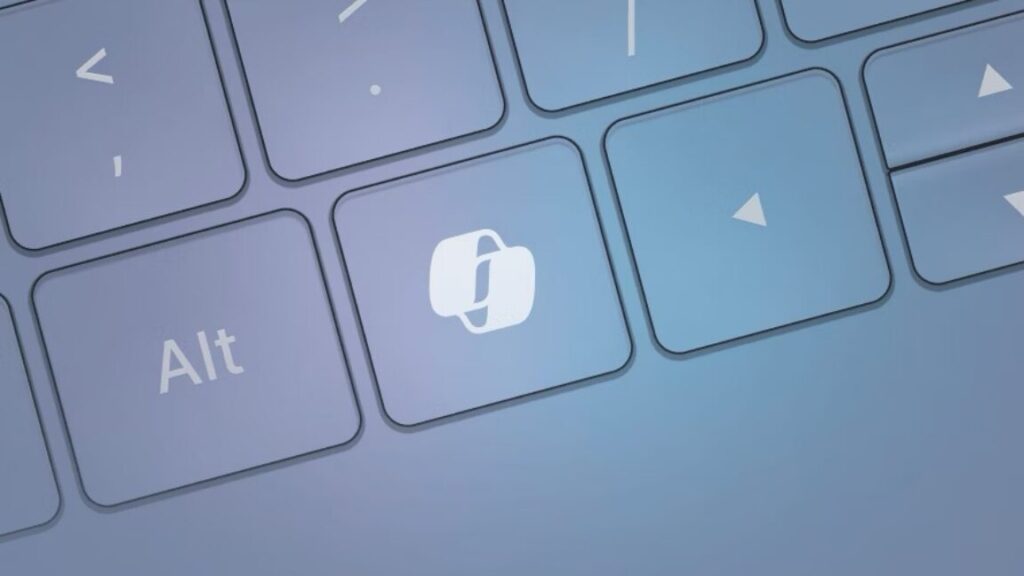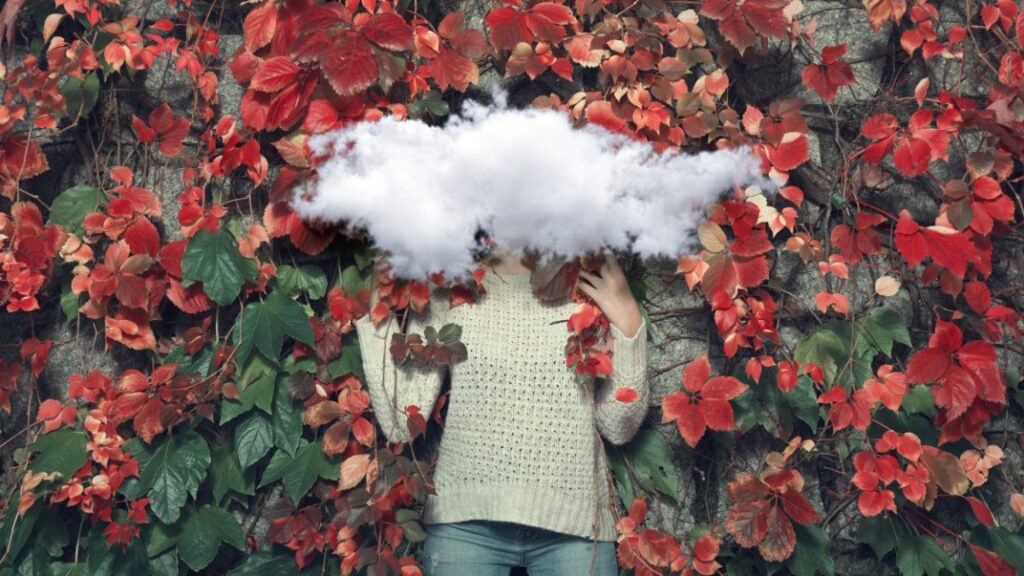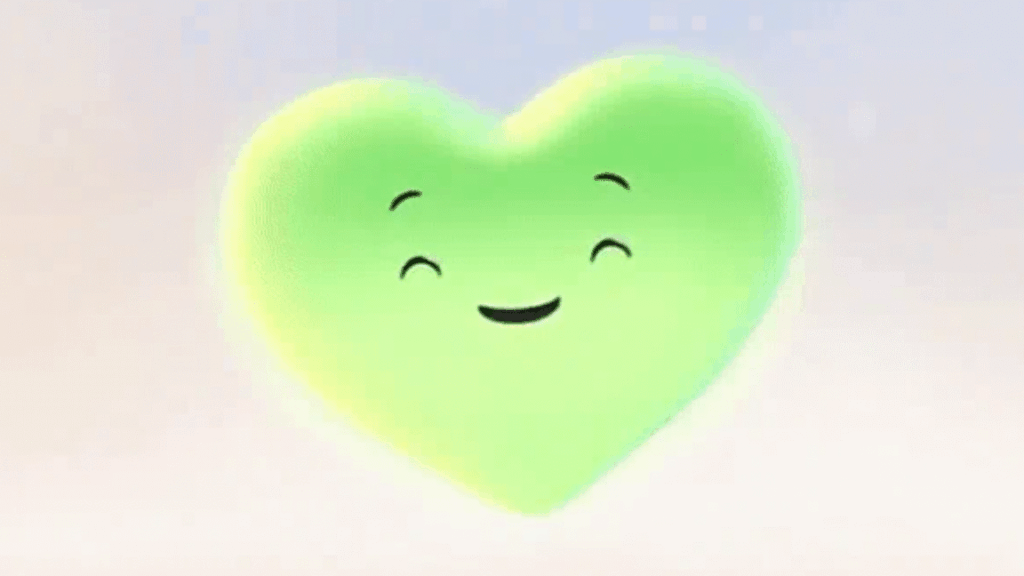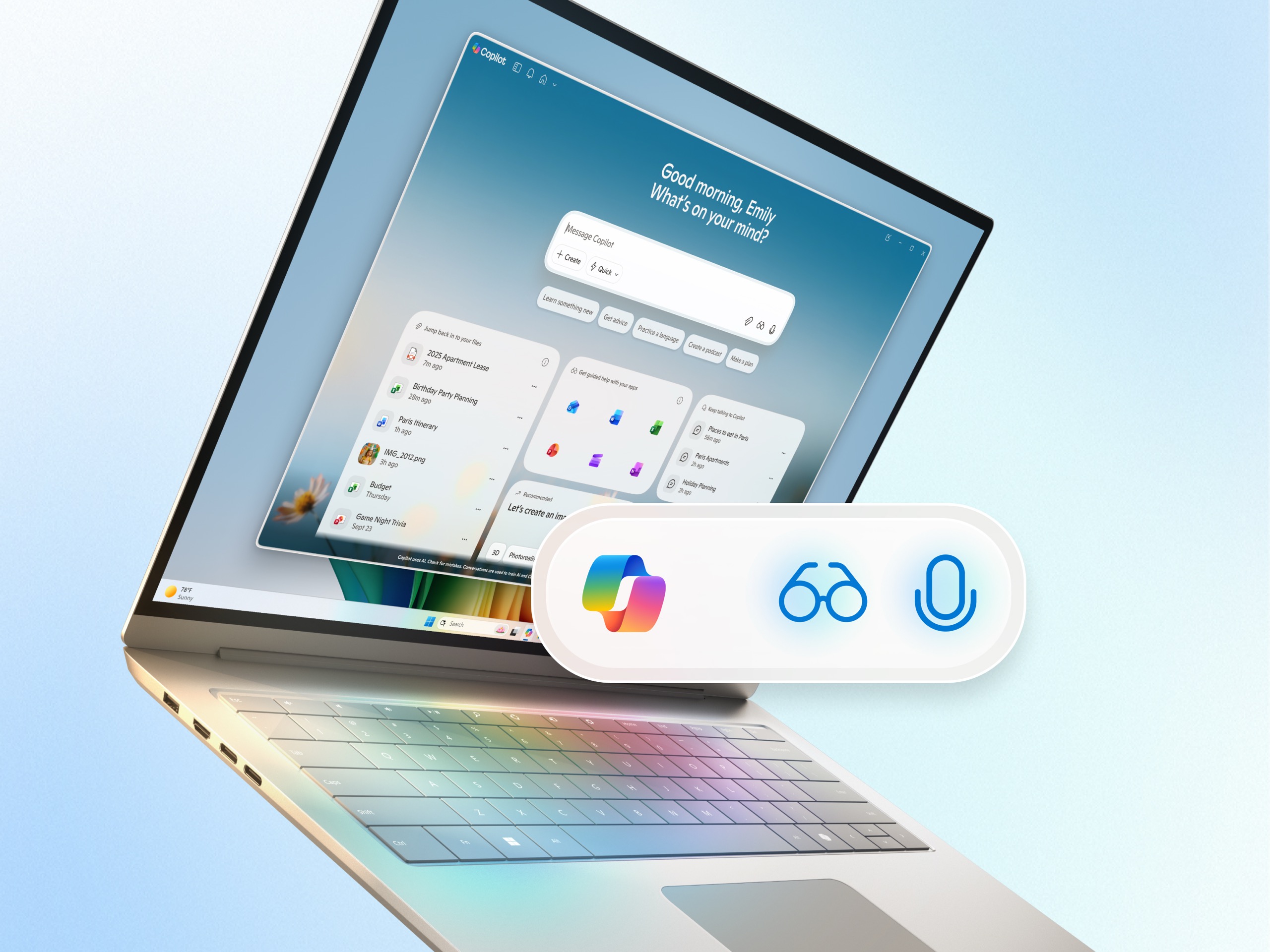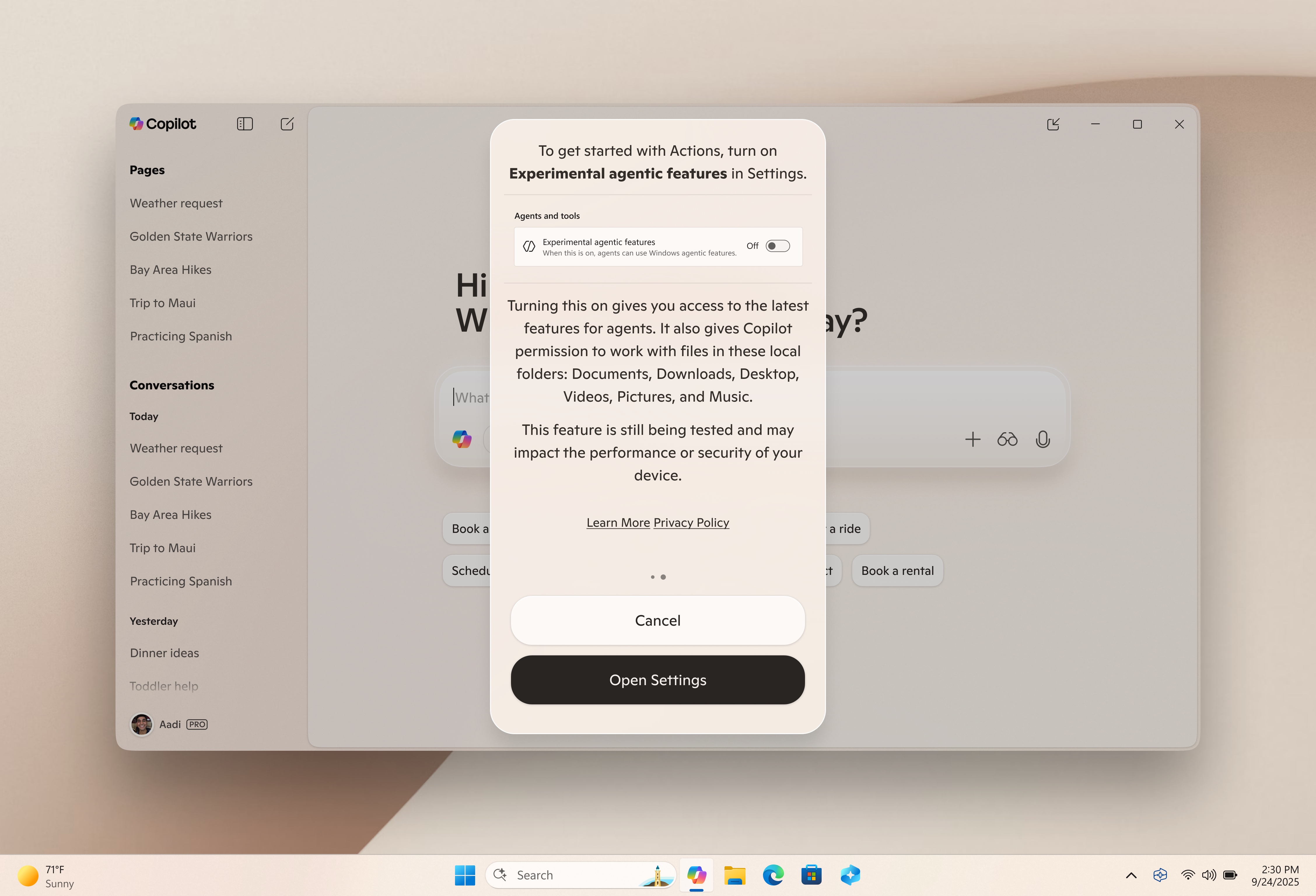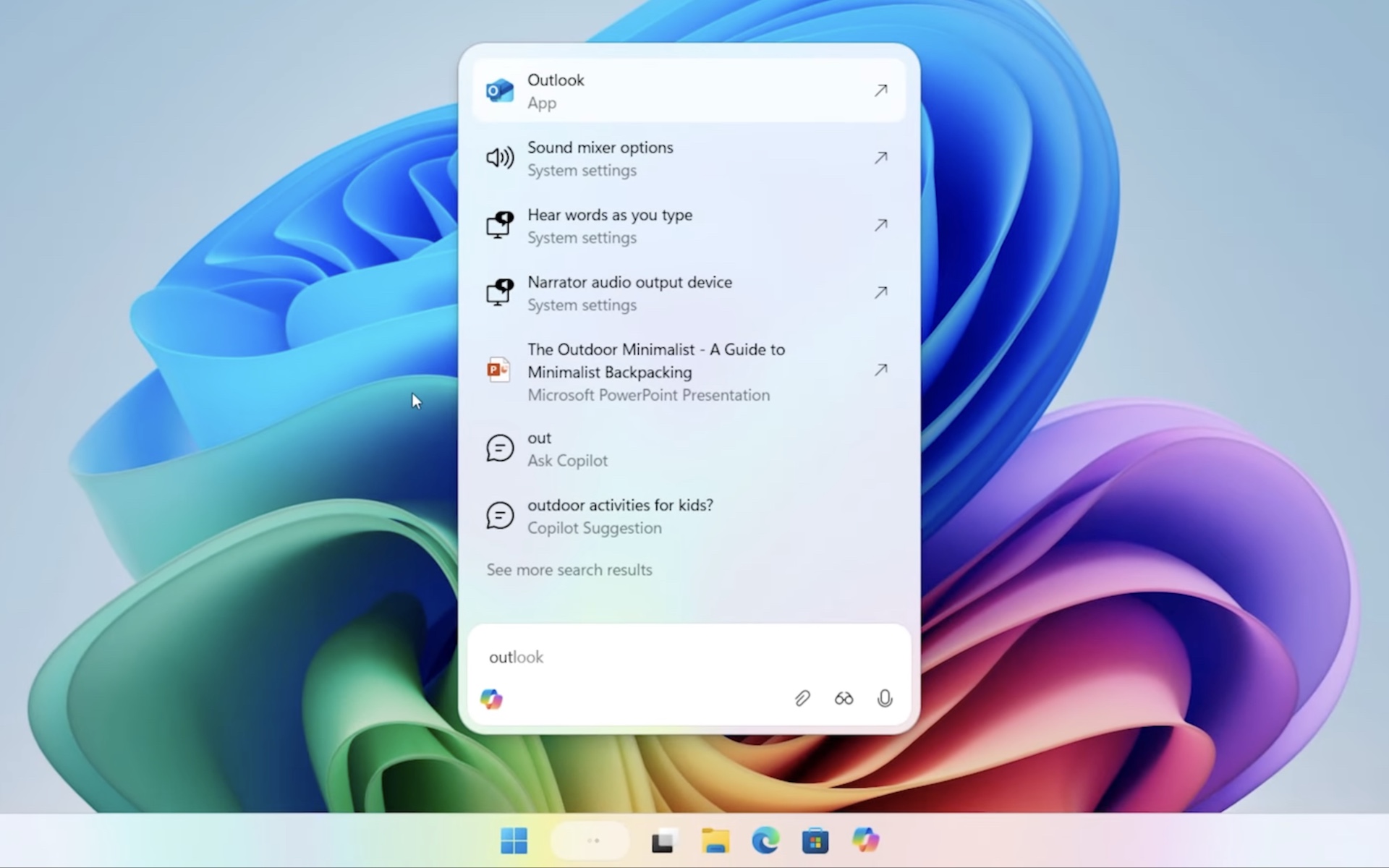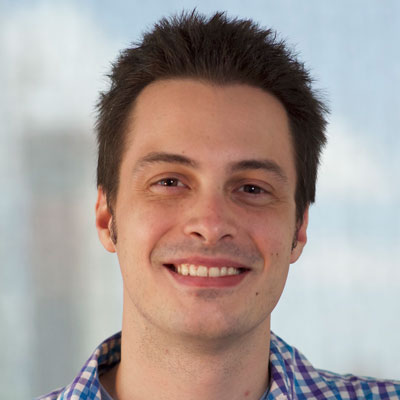Microsoft drops AI sales targets in half after salespeople miss their quotas
Microsoft has lowered sales growth targets for its AI agent products after many salespeople missed their quotas in the fiscal year ending in June, according to a report Wednesday from The Information. The adjustment is reportedly unusual for Microsoft, and it comes after the company missed a number of ambitious sales goals for its AI offerings.
AI agents are specialized implementations of AI language models designed to perform multistep tasks autonomously rather than simply responding to single prompts. So-called “agentic” features have been central to Microsoft’s 2025 sales pitch: At its Build conference in May, the company declared that it has entered “the era of AI agents.”
The company has promised customers that agents could automate complex tasks, such as generating dashboards from sales data or writing customer reports. At its Ignite conference in November, Microsoft announced new features like Word, Excel, and PowerPoint agents in Microsoft 365 Copilot, along with tools for building and deploying agents through Azure AI Foundry and Copilot Studio. But as the year draws to a close, that promise has proven harder to deliver than the company expected.
According to The Information, one US Azure sales unit set quotas for salespeople to increase customer spending on a product called Foundry, which helps customers develop AI applications, by 50 percent. Less than a fifth of salespeople in that unit met their Foundry sales growth targets. In July, Microsoft lowered those targets to roughly 25 percent growth for the current fiscal year. In another US Azure unit, most salespeople failed to meet an earlier quota to double Foundry sales, and Microsoft cut their quotas to 50 percent for the current fiscal year.
Microsoft drops AI sales targets in half after salespeople miss their quotas Read More »


